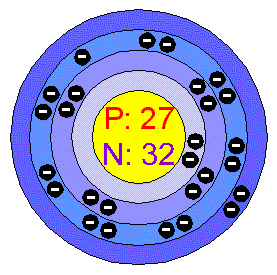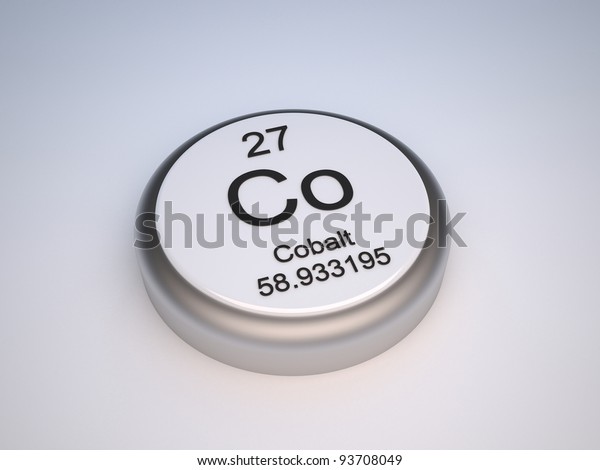
were introduced while the material for source braid components was replaced by air. In the new simulation, the same geometry for source core, capsule, etc. Self-absorption of the source core and capsule was estimated through another independent simulation. Plot of the air kerma rate × d 2 versus distance d from the source center, as obtained from MCNP simulations. Calculated and measured, AKS values are compared with the certified value given by the manufacturer of the source which is stated in the GZP6 treatment planning system (TPS). In this study, air kerma strength of the GZP6 source number 3 was estimated by Monte Carlo simulations and in-air measurements.

11 However, to our knowledge, AKS of source number 3 of GZP6 had not been verified before this work was commenced. have verified the 60Co source numbers 1, 2 and 5 of the GZP6 unit in terms of air kerma rate.

5 Several studies have focused on determination of air kerma strength of 125I, 192Ir and 169Yb brachytherapy sources being used clinically. 4 It is a HDR afterloading unit having six 60Co sources braids designed for treatment of rectum, cervix, nasopharynx and esophagus cancers. The GZP6 brachytherapy system is manufactured by the Nuclear Power Institute of China (NPIC). Since the uncertainty may be as high as ☑0%, it is necessary to calibrate the sources before its clinical use by the end user to verify the manufacturer's stated values. 3 Although manufacturers provide AKS of the source, in some cases large uncertainties are associated with their stated values.
#COBALT 60 CAPSULE FREE#
2 Air kerma strength is defined as the product of air kerma rate K ˙ δ ( d ), in the free space, at the reference transverse distance from the source center multiplied by the square of this distance.

1 The recommended quantity for calibration is air kerma strength (AKS). The task group 40 (TG-40) of the American Association of Physicists in Medicine (AAPM) has recommended that every brachytherapy source must be calibrated before its clinical use.


 0 kommentar(er)
0 kommentar(er)
